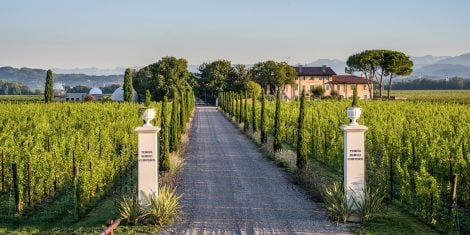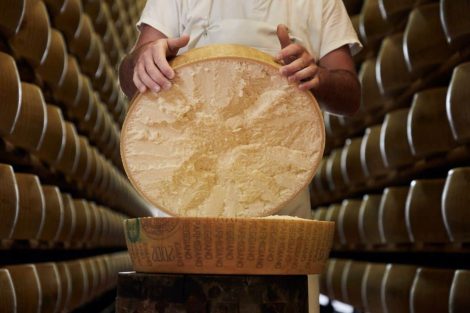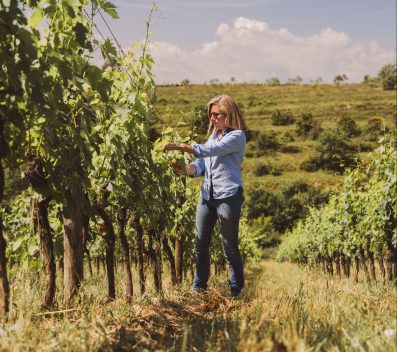Vermentino, alongside Cannonau, is the most widely grown grape variety in Sardinia.
However, it is important to distinguish between its two main appellations: Vermentino di Sardegna and Vermentino di Gallura – the latter being the traditional zone for Vermentino. It covers a fairly wide area in the north-eastern part of the island, almost entirely encompassing the province of Olbia-Tempio and extending into the northern part of Nuoro. Vineyards are found both near the sea and in more inland zones.
The planted surface area continues to grow, but production – regulated under DOCG (Vermentino di Gallura was Sardinia’s first DOCG in 1996) – allows for fairly low yields.
Despite some diversity in production styles, the most typical Vermentino di Gallura is the Superiore, known for being soft, full-bodied, and pleasantly fruity.
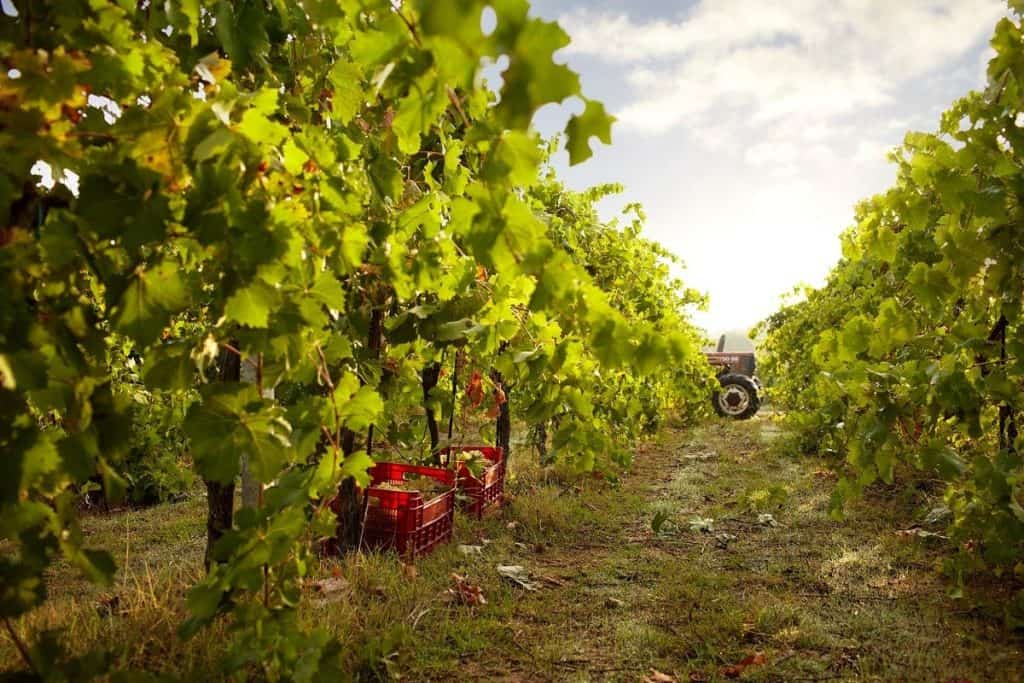
As we’ve written before, Sardinia is defined by great biodiversity, which is also evident in its wines. These wines are not just good; they are increasingly typical, authentic, and capable of telling the story of the land they come from. This applies to Vermentino as well, and it’s precisely why we continue to insist on the urgent need to revise Italy’s origin designations – especially the regional, generic, and dispersive ones, which no longer represent what is really happening in this region.
Vermentino: the origins of the grape
Some claim it is a Spanish grape that spread to the southern coasts of France, Corsica, and obviously Liguria, Sardinia, and Tuscany (especially Bolgheri and the Maremma). Others suggest it originated in Anatolia and arrived in the western Mediterranean via Greek trade routes. Still others believe it is an Italian native variety that then spread to the rest of the “Mare Nostrum”.
Whatever its origin, Vermentino is certainly a grape that in recent years has enjoyed considerable commercial success. Despite differences in terroir, the wines made from it share some common characteristics: intense aromas of aromatic herbs, juicy fruit, salty hints, and a distinctly Mediterranean identity.
The best value-for-money Vermentino di Gallura wines
While we await the results of ongoing tastings for the new Vini d’Italia 2026 guide from Gambero Rosso, here are the Vermentino di Gallura wines we liked the most, taken from the Berebene 2025 and Vini d’Italia 2025 guides by Gambero Rosso.
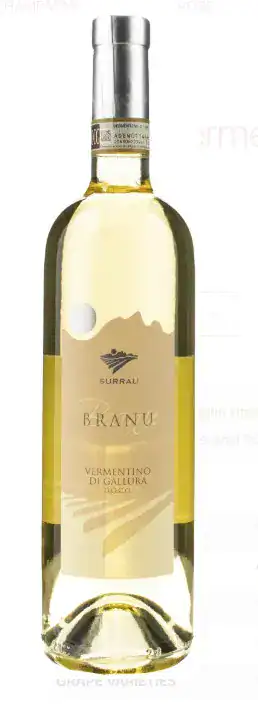
Vermentino di Gallura Branu 2023 – Surrau
A very good wine Vermentino di Gallura Branu 2023 di Surrau. Surrau's 50+ hectares are located among the hills of Arzachena, in the heart of Gallura. The estate is divided into seven vineyard zones ranging between 50 and 150 metres above sea level, with sandy and granitic soils that lend unique characteristics to the wines – especially Vermentino, which thrives in this ideal north-eastern Sardinian habitat.
The estate also cultivates red grapes such as Cannonau (used for a Metodo Classico), Muristellu, Carignano and Caricagiola. The range is broad and impressive, featuring several standout wines.
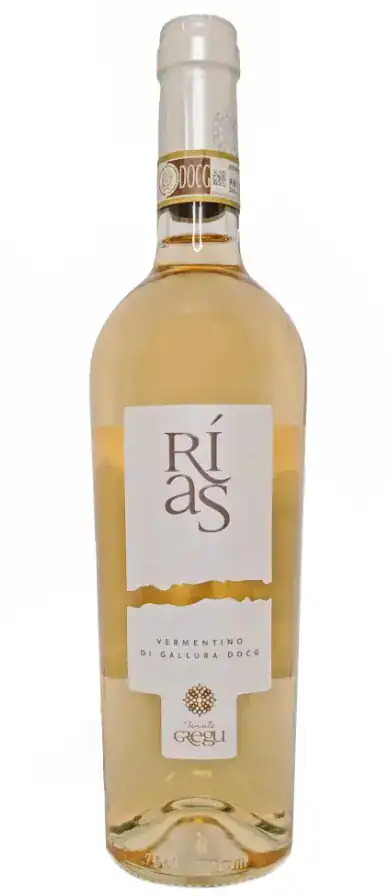
Vermentino di Gallura Rìas 2023 – Tenute Gregu
We were very impressed by this wine from one of the most beautiful estates in Gallura. Vermentino finds one of its natural habitats here, growing on granitic soils surrounded by Mediterranean scrub, olive trees and rocks. These whites reflect the places they come from and reveal an unexpected ageing potential for Vermentino.
There are also some labels based on Cannonau. Everything is vinified with deep respect for the grape varieties and the land. The full range includes some wines that are true benchmarks of their type.
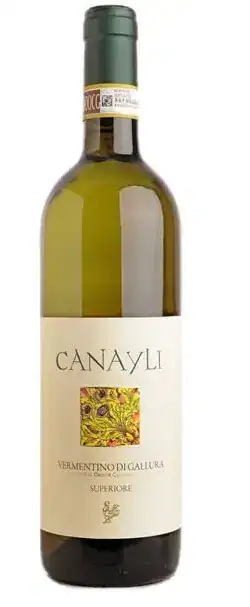
Vermentino di Gallura Sup. Canayli 2023 – Cantina Gallura
Cantina Gallura is a cooperative that continues Gallura’s winemaking tradition, especially with its white wines made from Vermentino grapes.
Canayli is a genuine expression of Vermentino, offering a profile that reflects both the terroir and the winery’s style. It delivers a fleshy palate and an aromatic bouquet ranging from acacia flowers to almond, with hints of lemon peel and pear. The finish is savoury, fresh, and long.
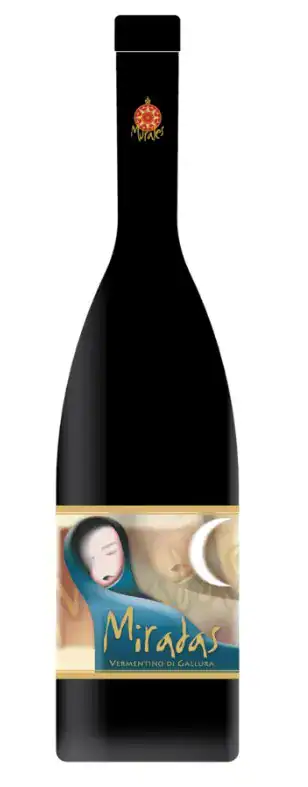
Vermentina di Gallura Miradas 2023 – Murales
Murales, based in Gallura and also offering accommodation near the Costa Smeralda, continues to impress with its wines.
Miradas in particular stood out to us – a great Vermentino di Gallura.

Vermentino di Gallura Sup. Deispanta 2023 – Canu
Canu is a young estate rooted in the past. The name comes from a 19th-century stazzo (traditional rural dwelling) in Gallura, which has been restored and now houses a modern winery. The estate spans 230 hectares in Luogosanto, with eight hectares under vine.
We are deep in Gallura, where the granite soils, maritime influences, and notable diurnal temperature shifts create the ideal conditions for high-quality grapes.
Three wines are currently produced – a red, a rosé, and a white.
Let’s start with the white, which we’ve tasted: Deispanta is an excellent Vermentino di Gallura, with aromas of aromatic herbs, white fruit, and hints of anise and almond. On the palate, it’s savoury with a slightly bitter finish.
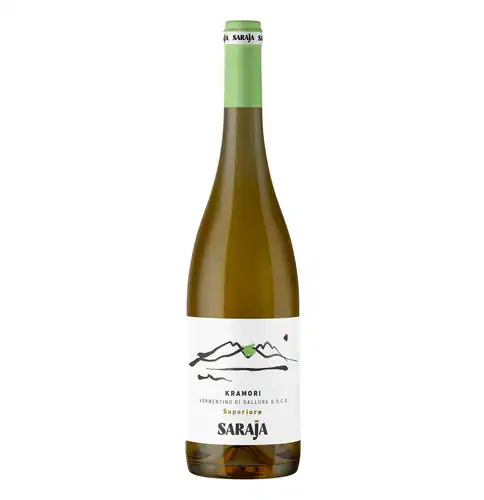
Vermentino di Gallura Sup. Kramori 2023 – Saraja
Saraja was born from a project by a group of friends-turned-partners, all of whom were already working in the wine world.
The estate has grown steadily, both in the vineyards and in its winemaking approach, which favours minimal intervention and gives voice to each local area – starting with Gallura.
Vineyards are divided into three distinct zones: Gallura (the main one), Romangia, and Sulcis, though some selected grapes also come from other prime areas of the island.
Gallura continues to surprise us in our tastings. Two Vermentino wines made it to the finals, both the result of rigorous grape selection in north-eastern Sardinia.
Kramori ’23 is a vibrant white wine, with aromas of white flowers and citrus, while on the palate its freshness balances a broad, expansive sip.
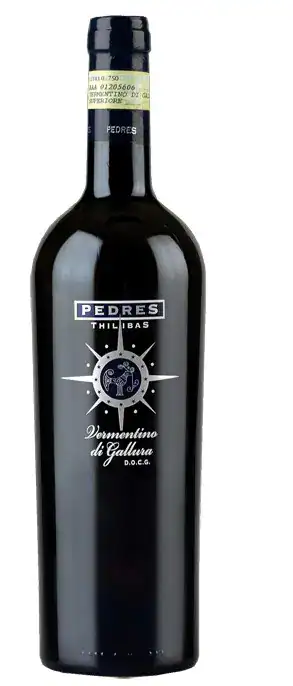
Vermentino di Gallura Sup. Thilibas 2023 – Cantina Pedres
Cantina Pedres cultivates 80 hectares in the Gallura region, at about 300 metres above sea level.
The range is broad and multifaceted, with Vermentino as the flagship variety.
Other grapes include Moscato, Cannonau, Sangiovese, Merlot and Syrah, crafted into both red and sparkling wines – dry and sweet. All varieties thrive on this land suited to viticulture, in a climate tempered by sea breezes, which result in high-quality wines.
Thilibas is the label that stands out the most: a Vermentino di Gallura Superiore with aromas of white flowers and citrus, and touches of anise and almond. On the palate, it’s delicate, savoury, and vertically structured.

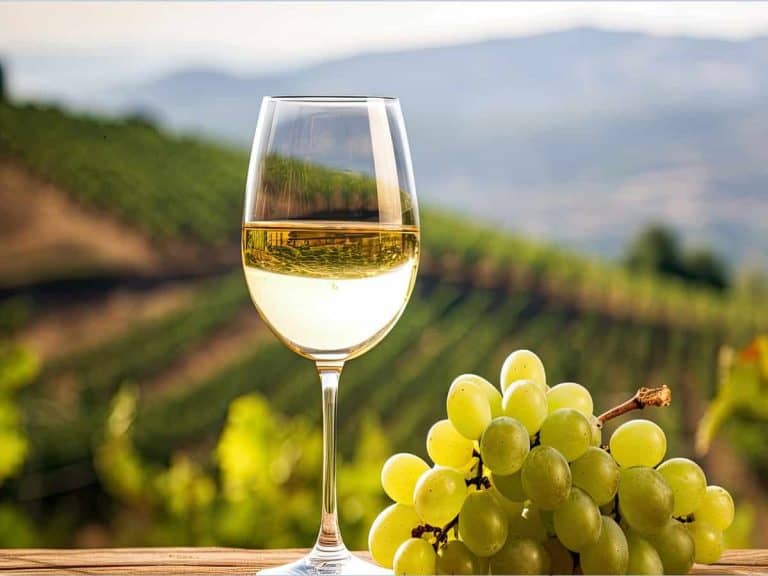
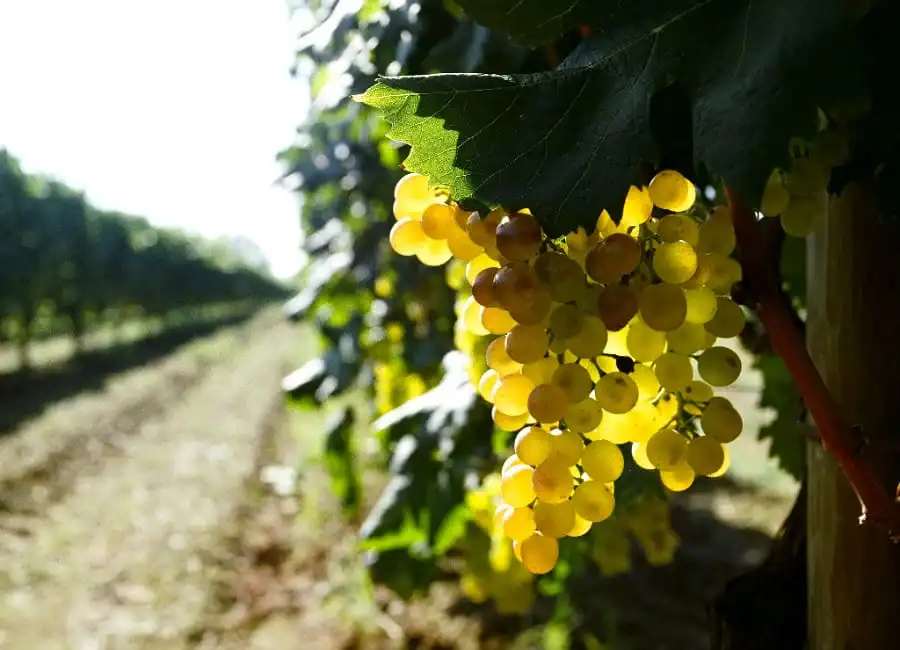
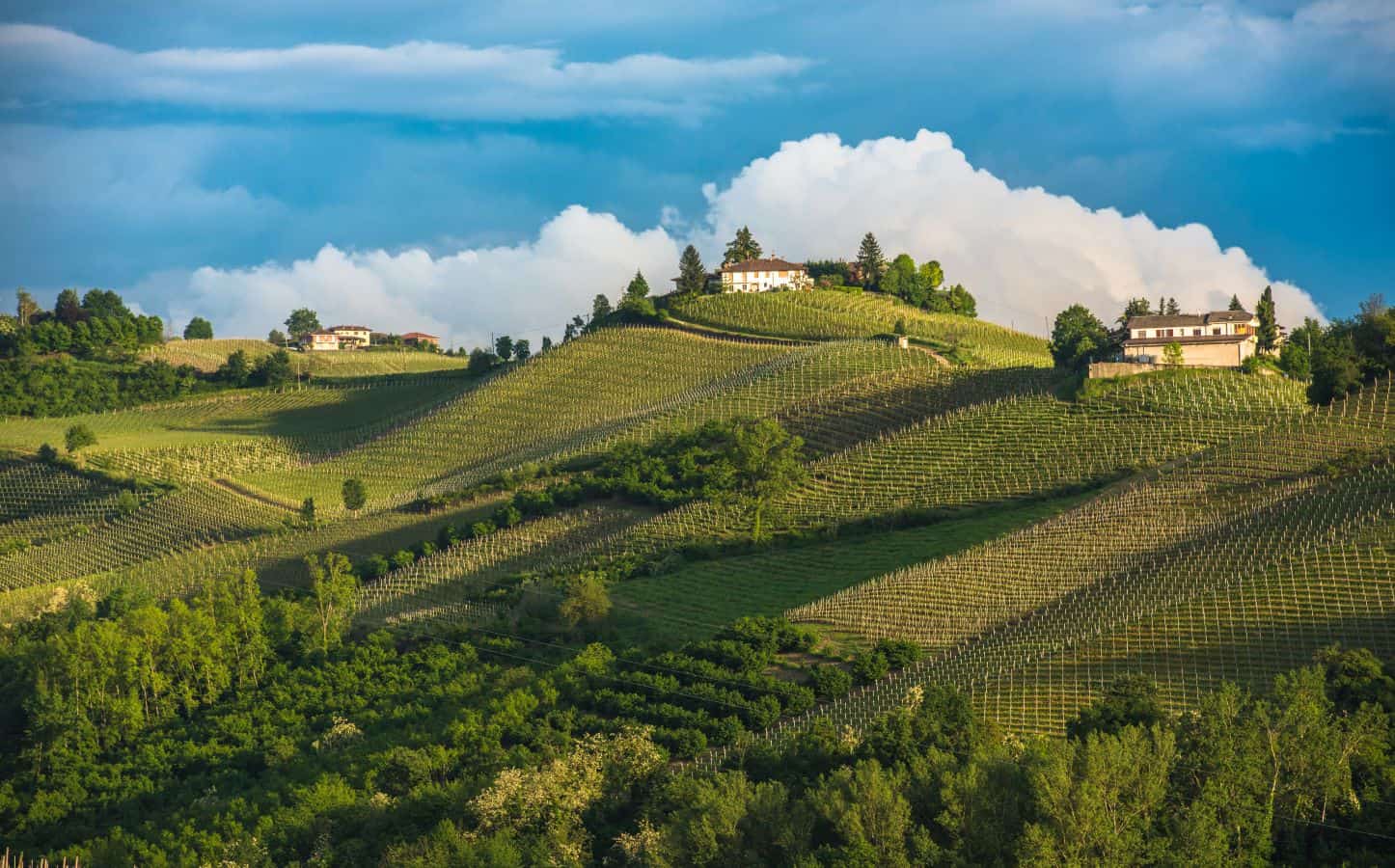 The UNESCO effect: tourism is growing, but there is a risk of losing identity
The UNESCO effect: tourism is growing, but there is a risk of losing identity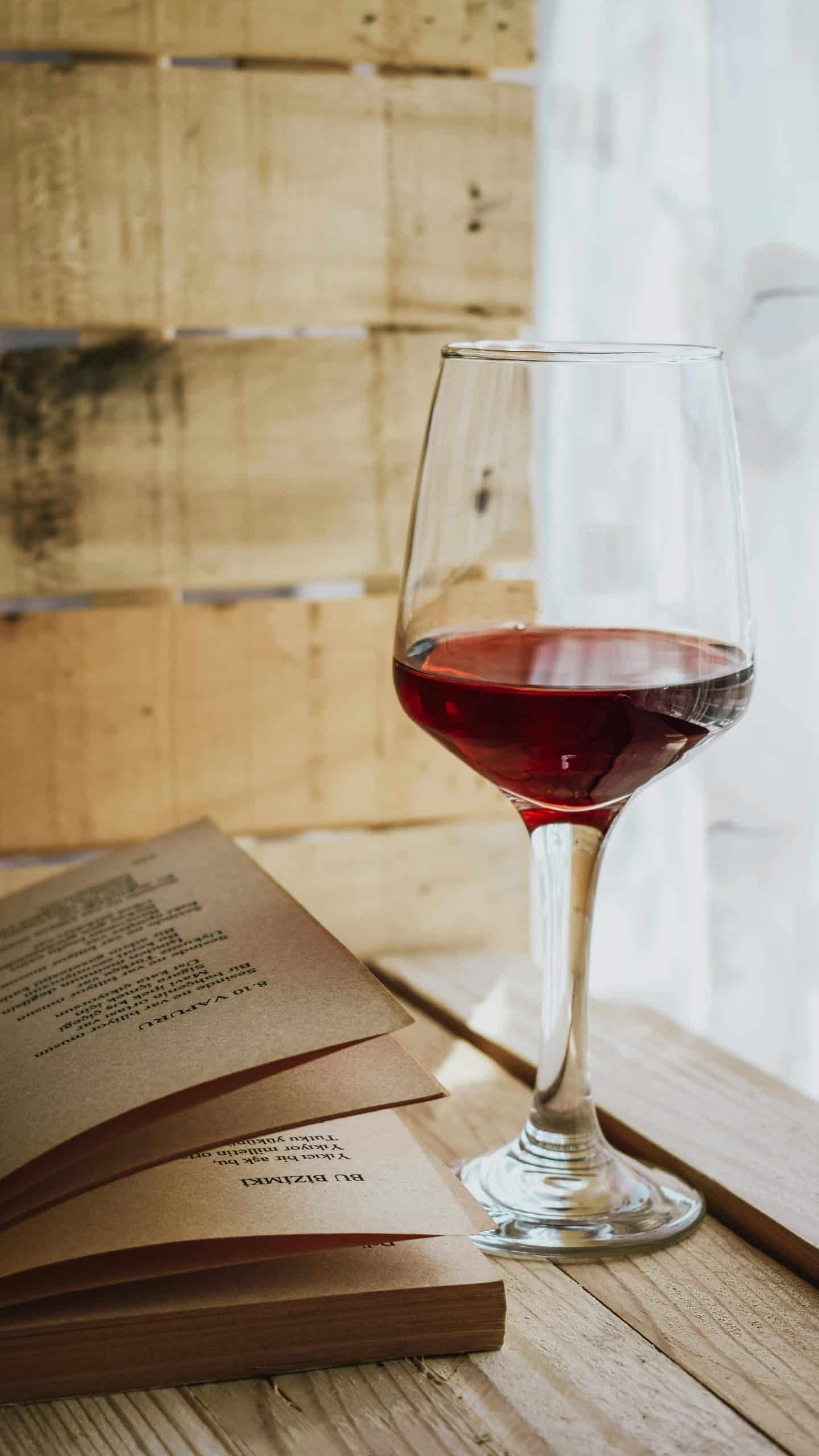 The perfect pairing? Wine and books
The perfect pairing? Wine and books 2025 was the year of Trump's tariffs – will 2026 be better for Italian wine in the US?
2025 was the year of Trump's tariffs – will 2026 be better for Italian wine in the US?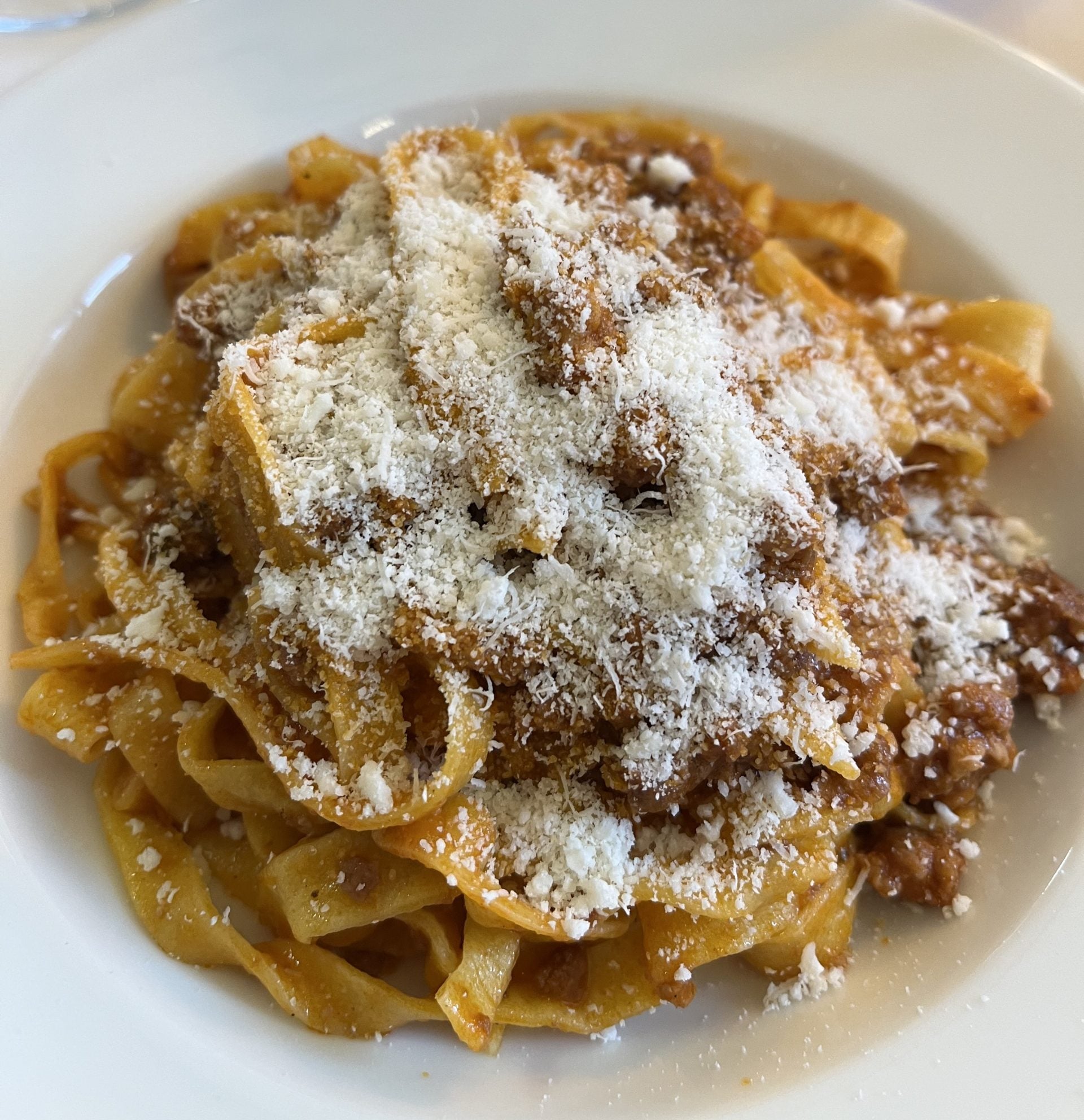 Italian cuisine recognised by UNESCO
Italian cuisine recognised by UNESCO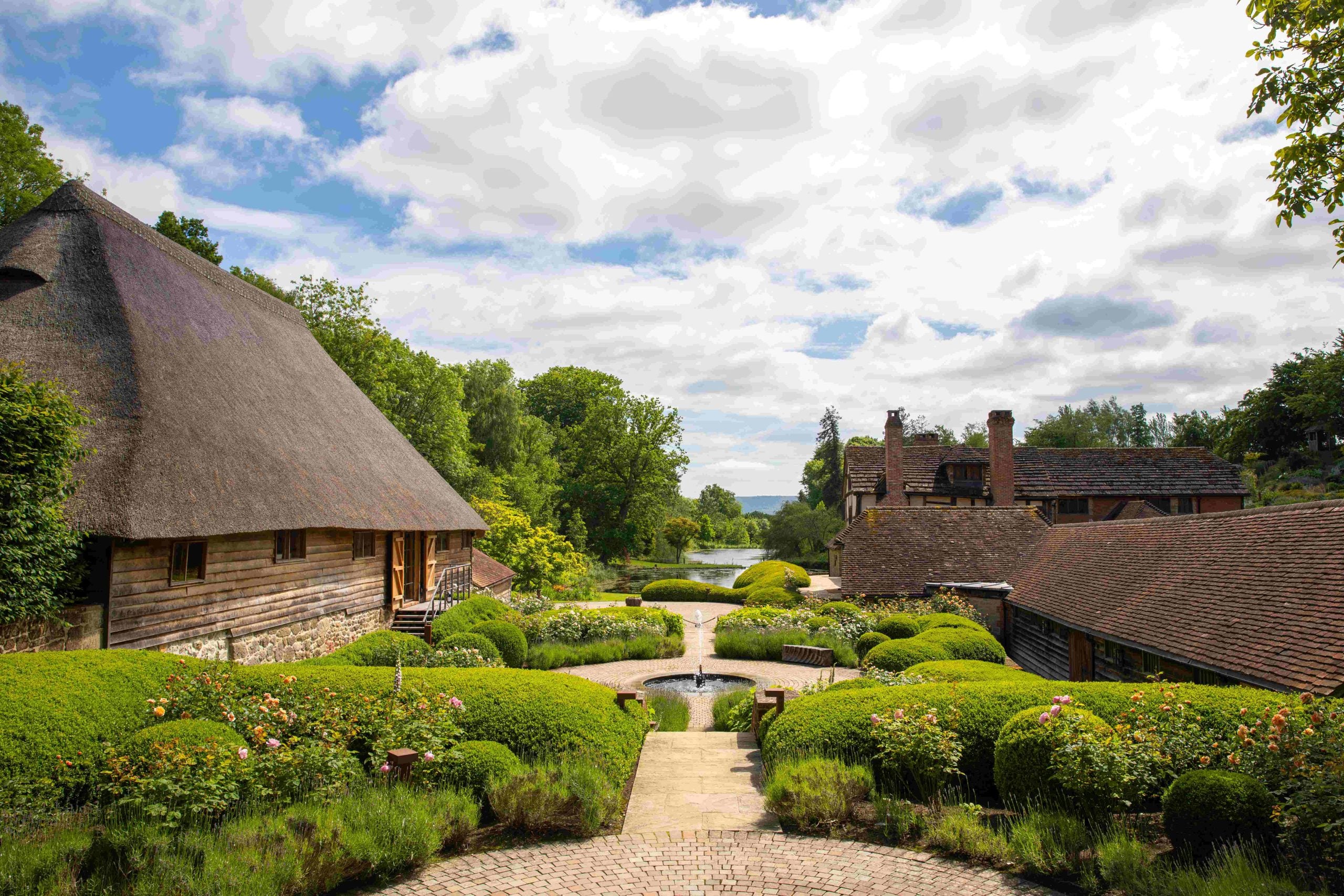 Where is English sparkling wine going?
Where is English sparkling wine going?